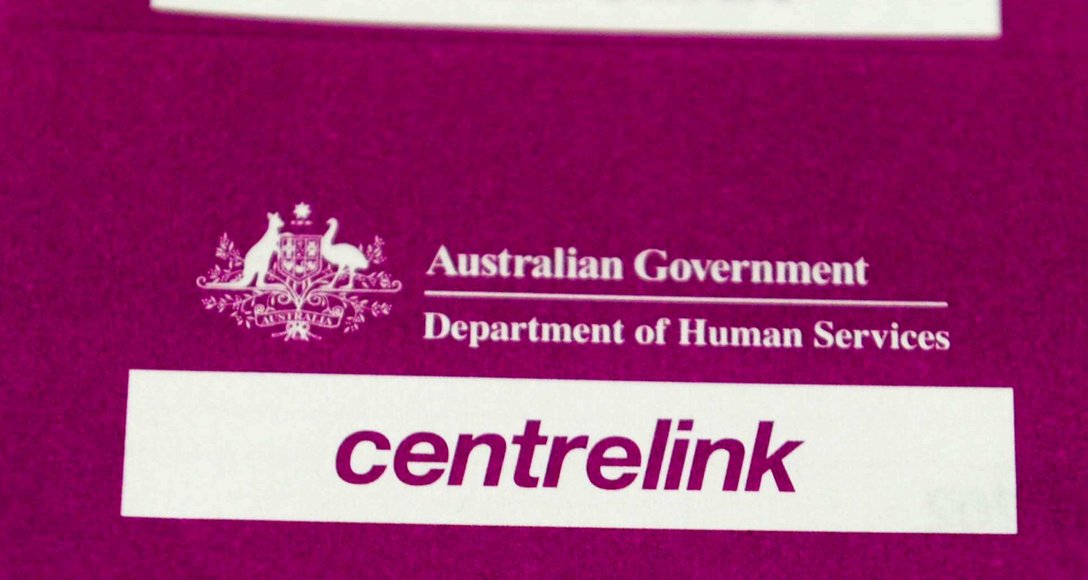
In a textbook example of the use of big data to create a digital poorhouse, as described in Virginia Eubanks's excellent new book Automating Inequality, the Australian government created an algorithmic, semi-privatised system to mine the financial records of people receiving means-tested benefits and accuse them of fraud on the basis of its findings, bringing in private contractors to build and maintain the system and collect the penalties it ascribed, paying them a commission on the basis of how much money they extracted from poor Australians. (more…)


